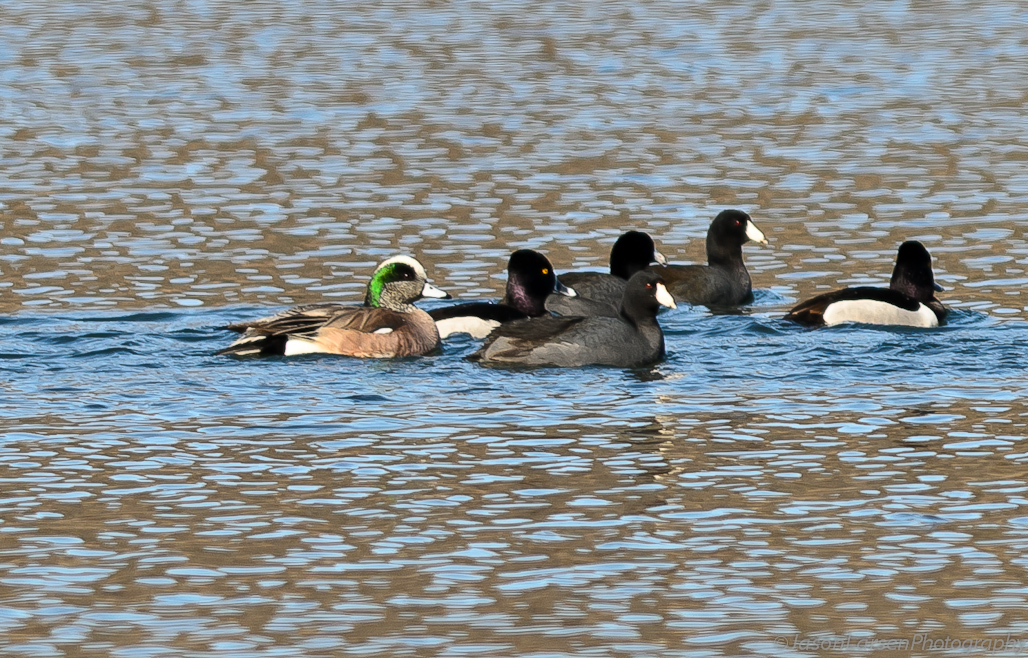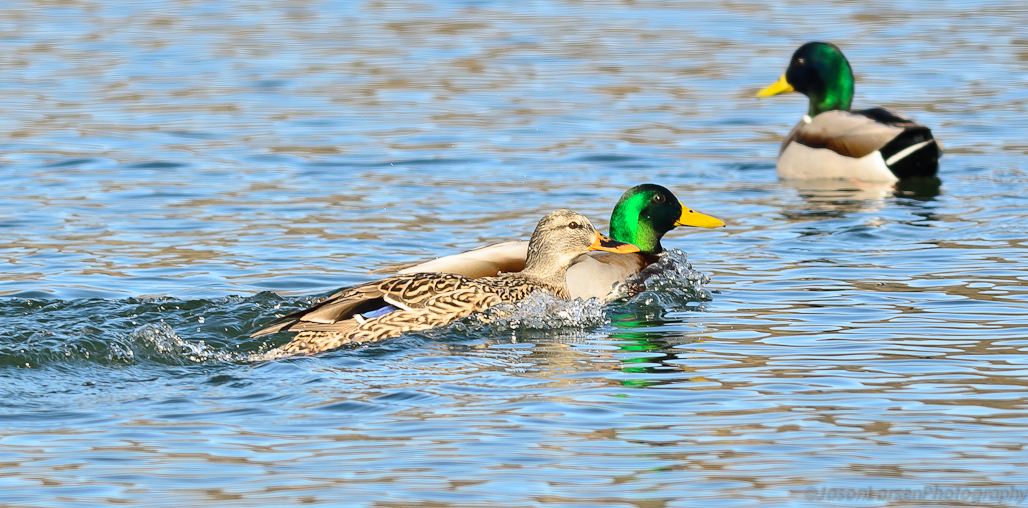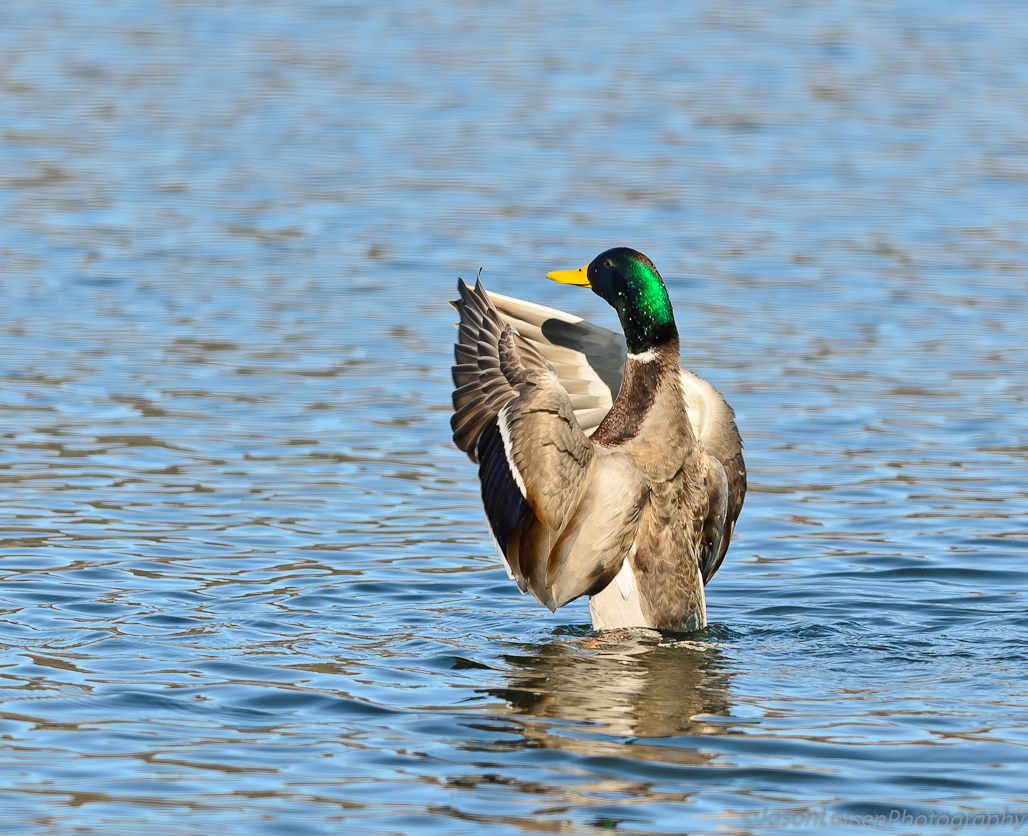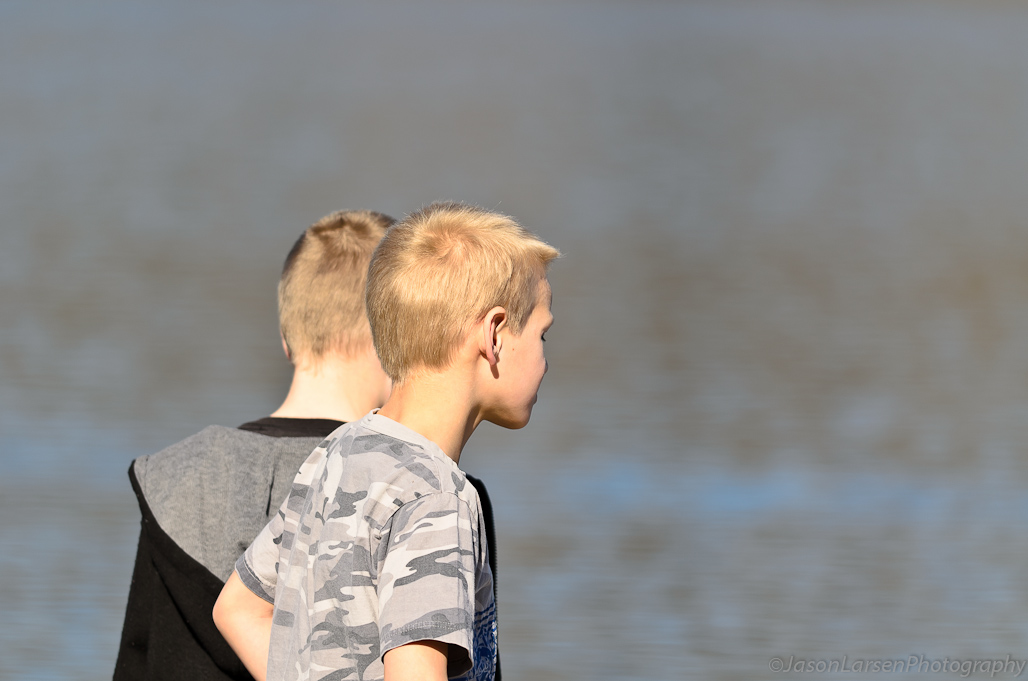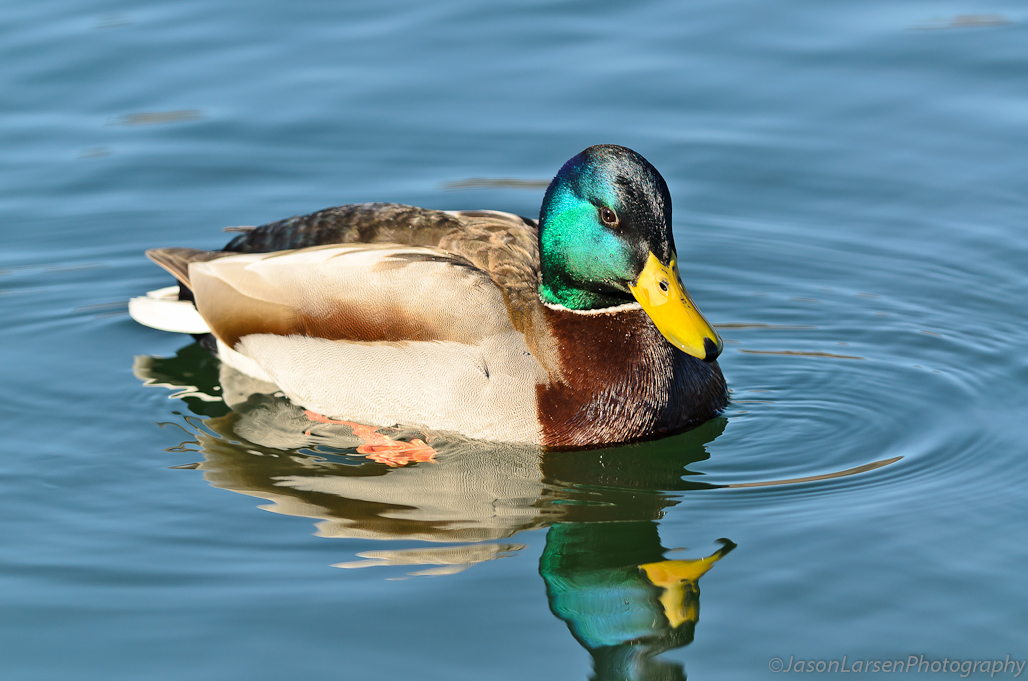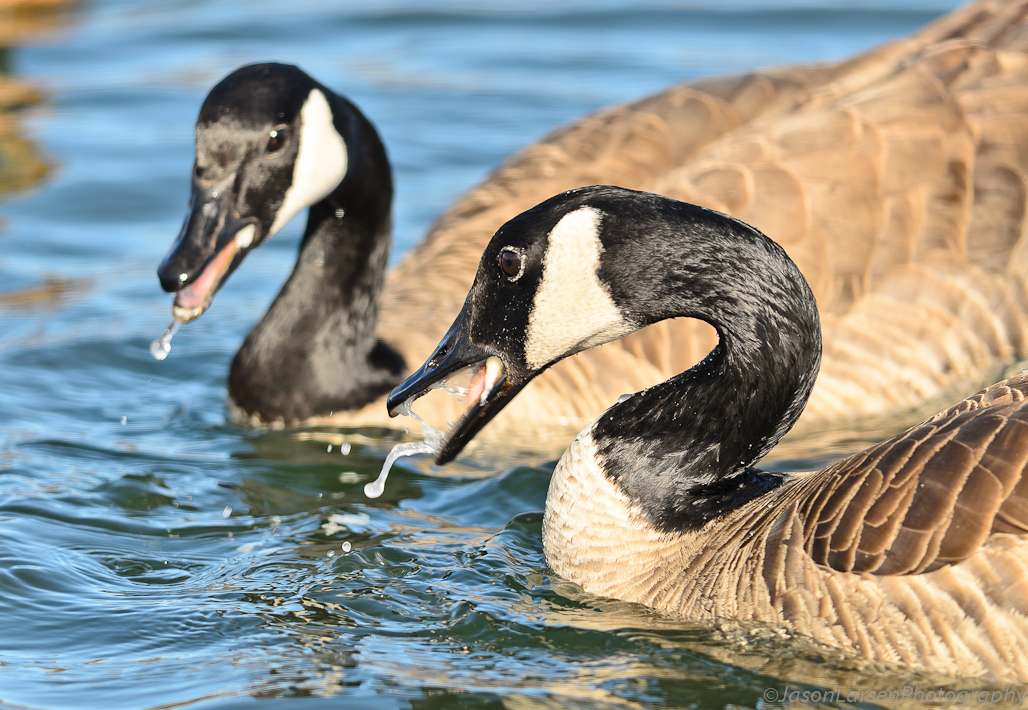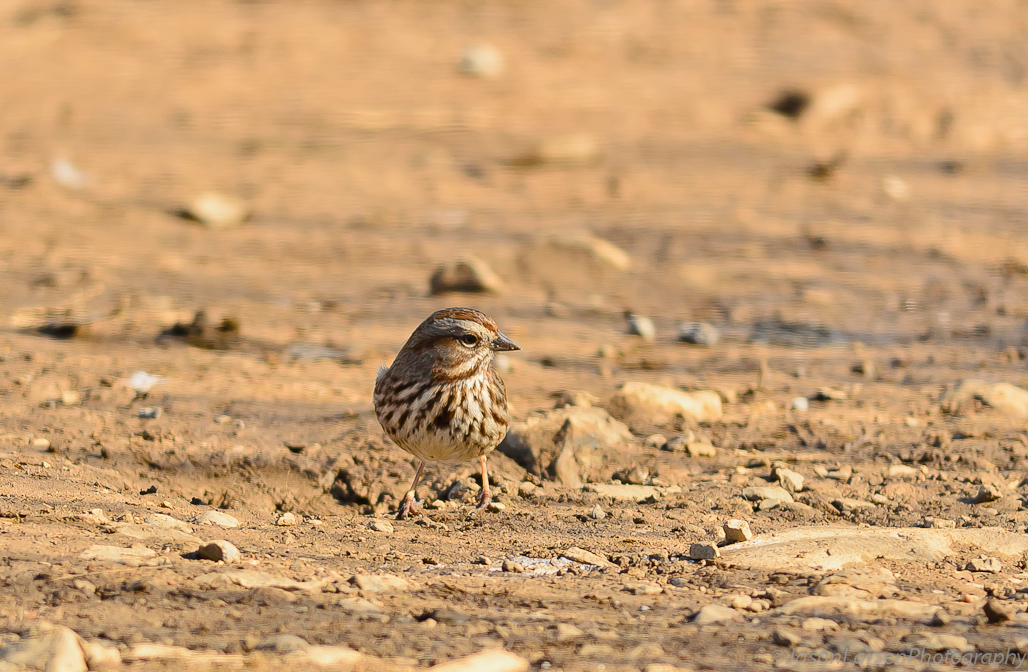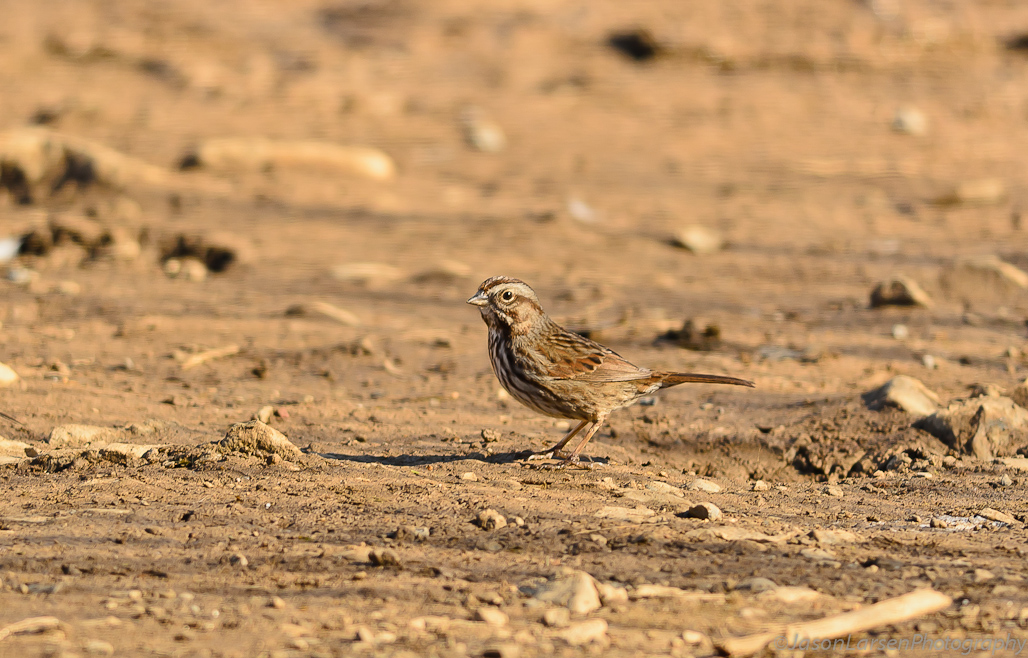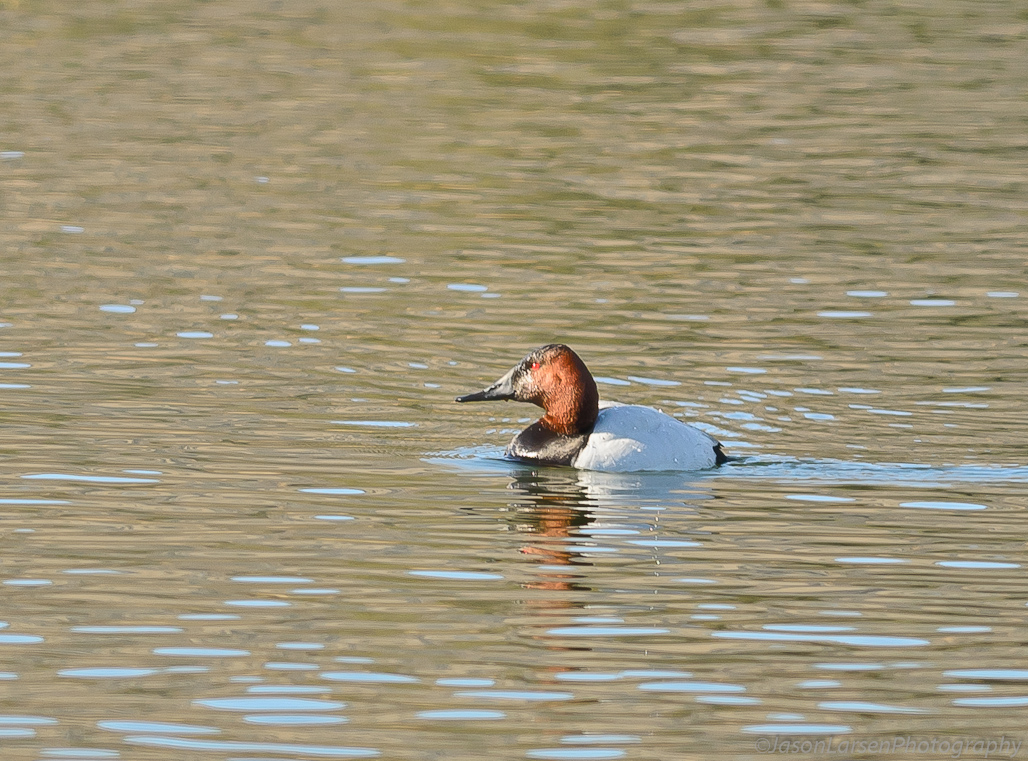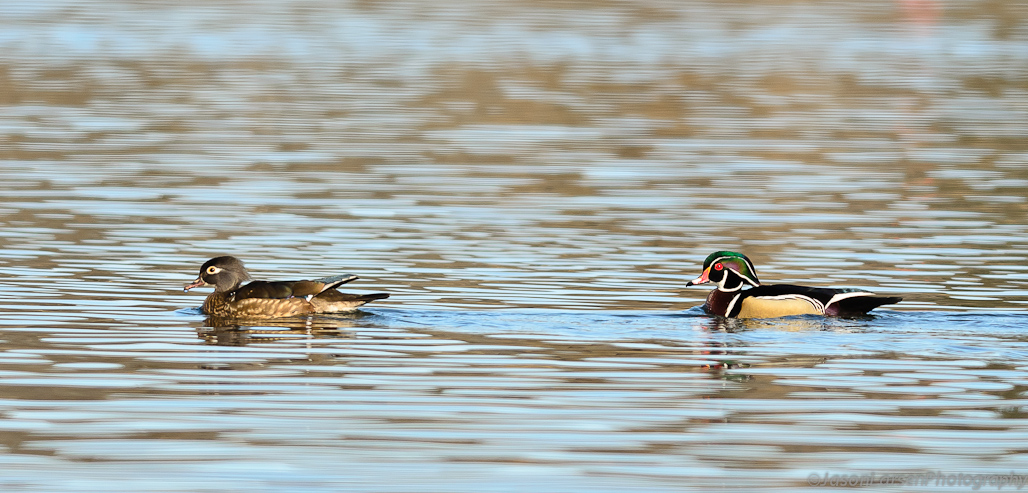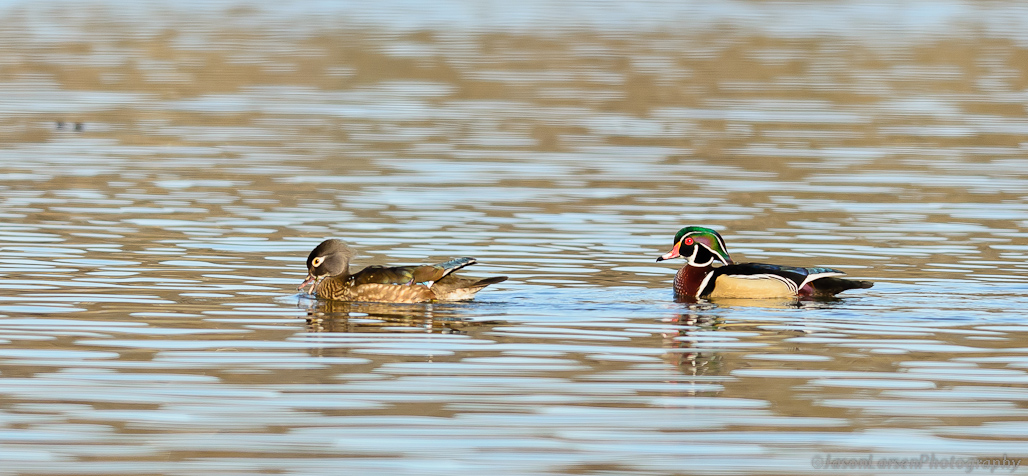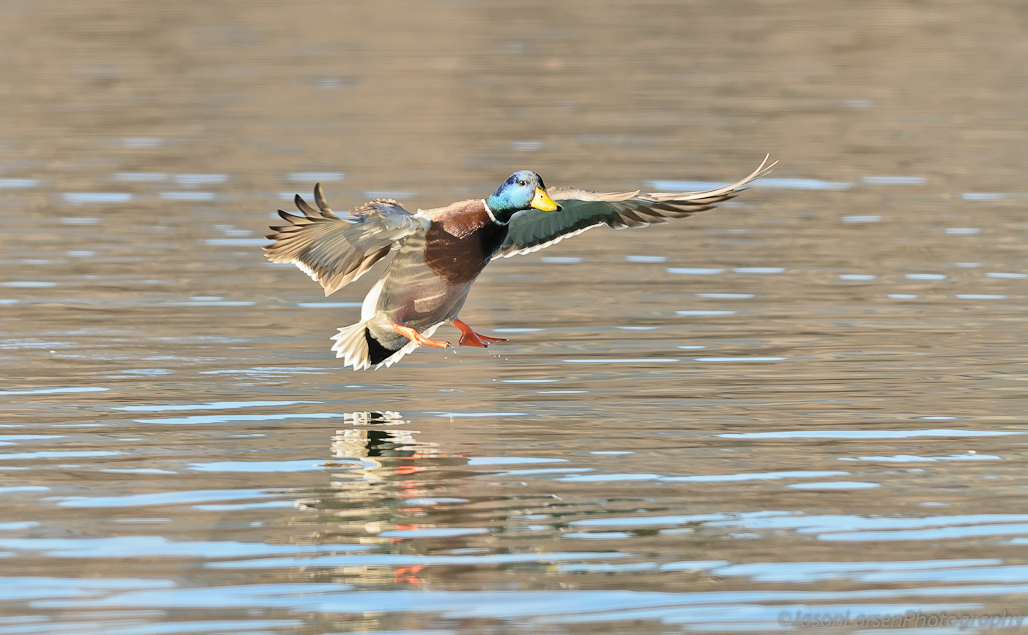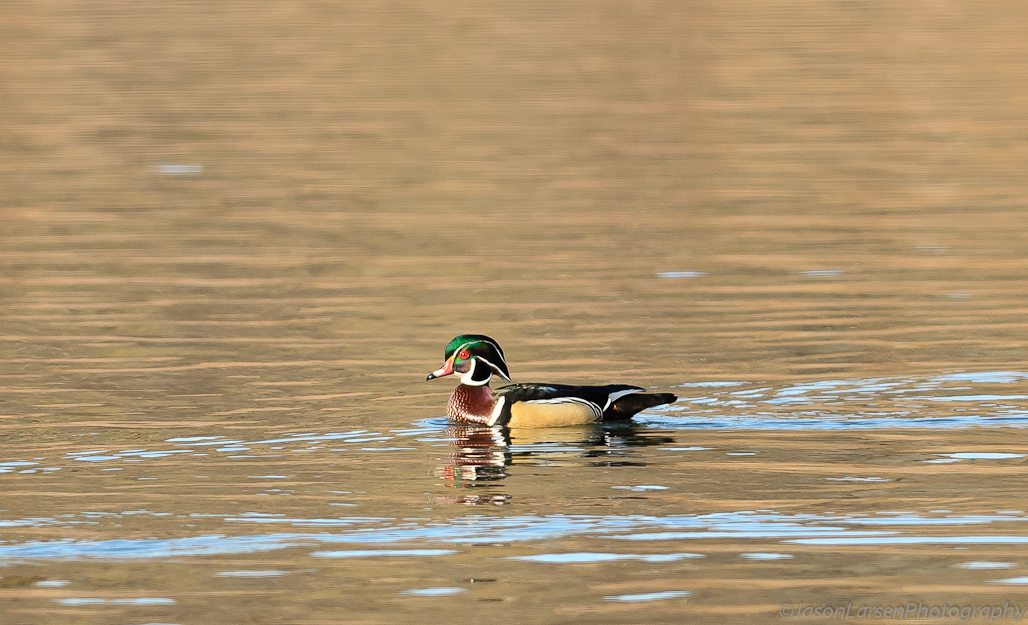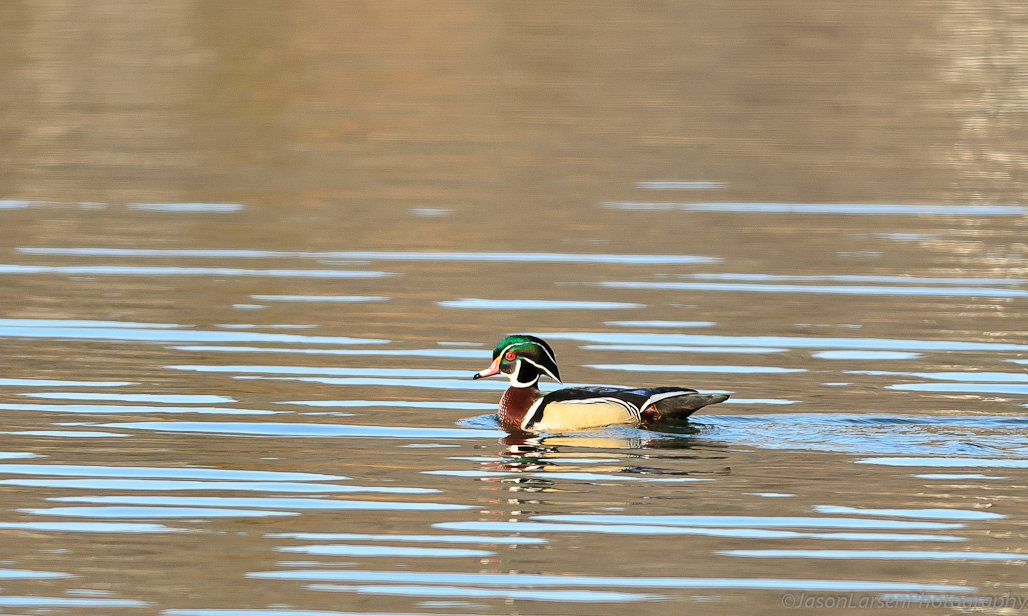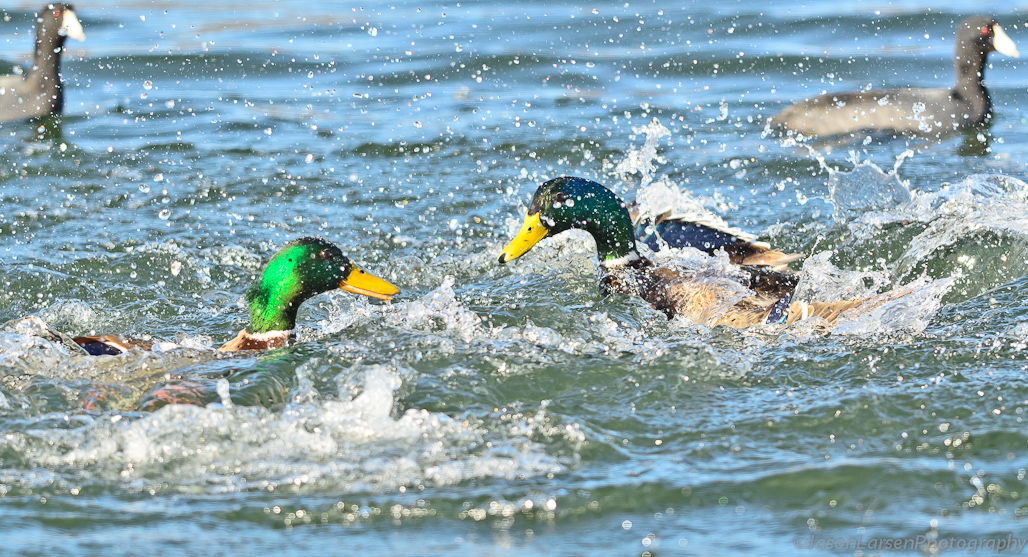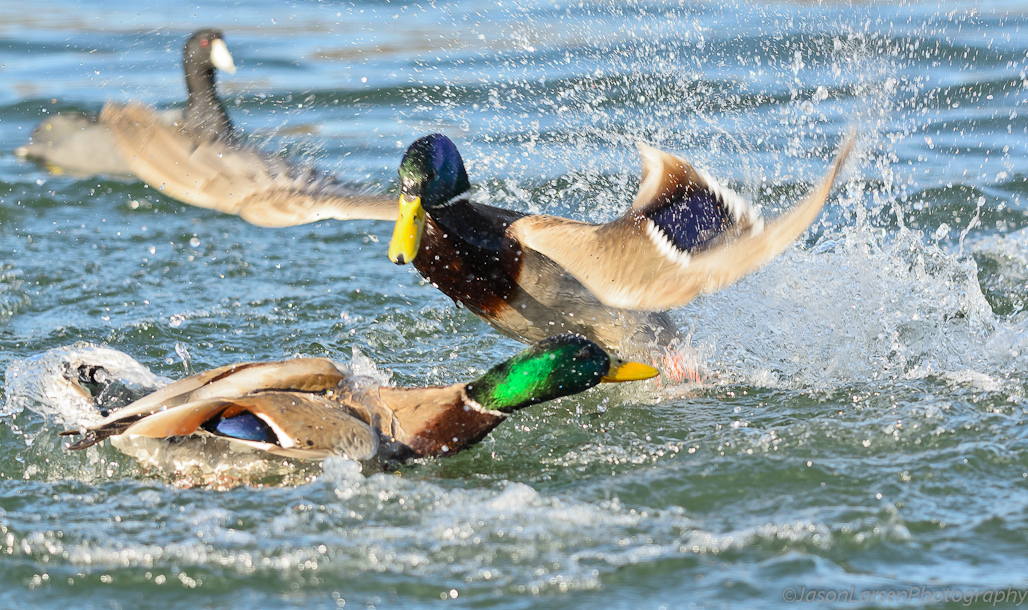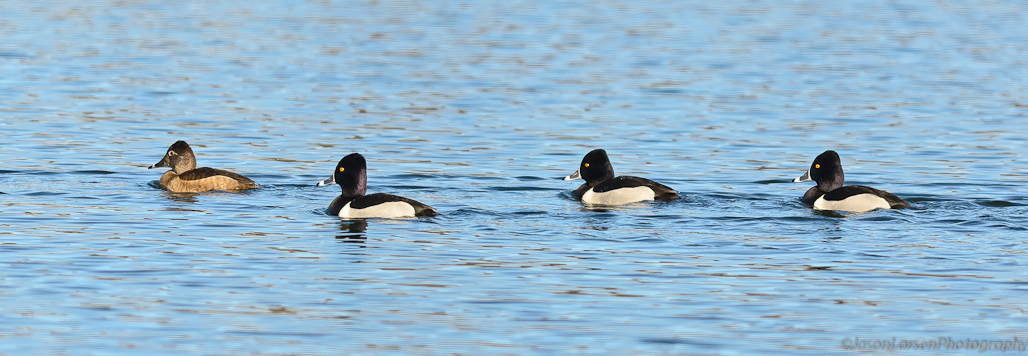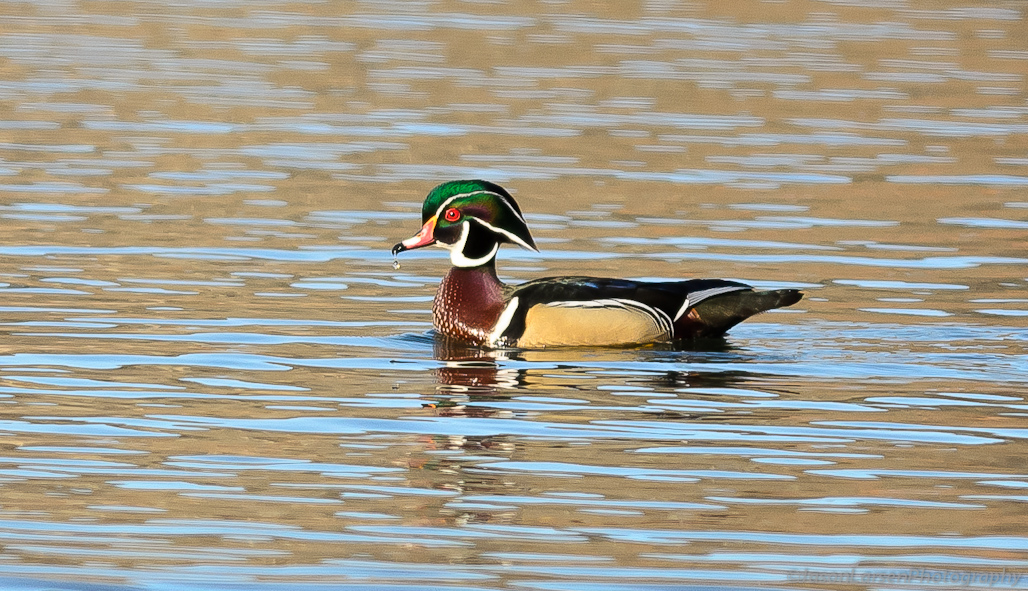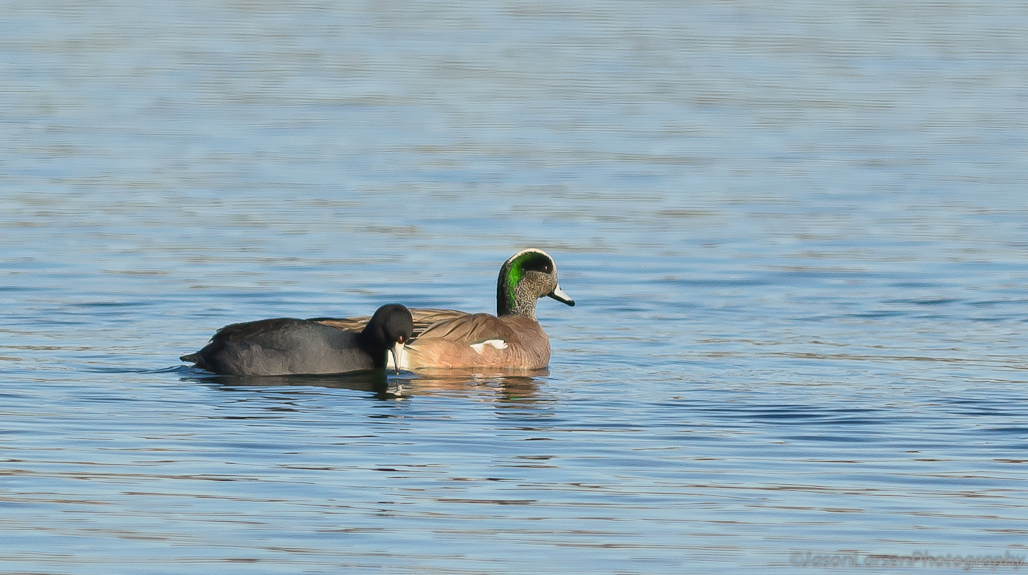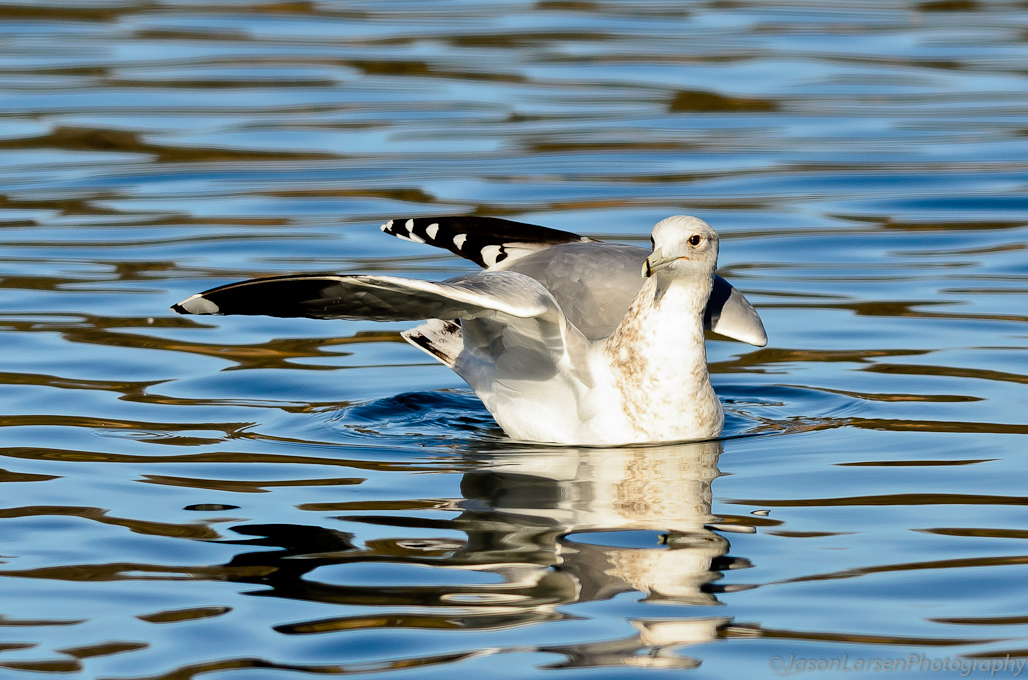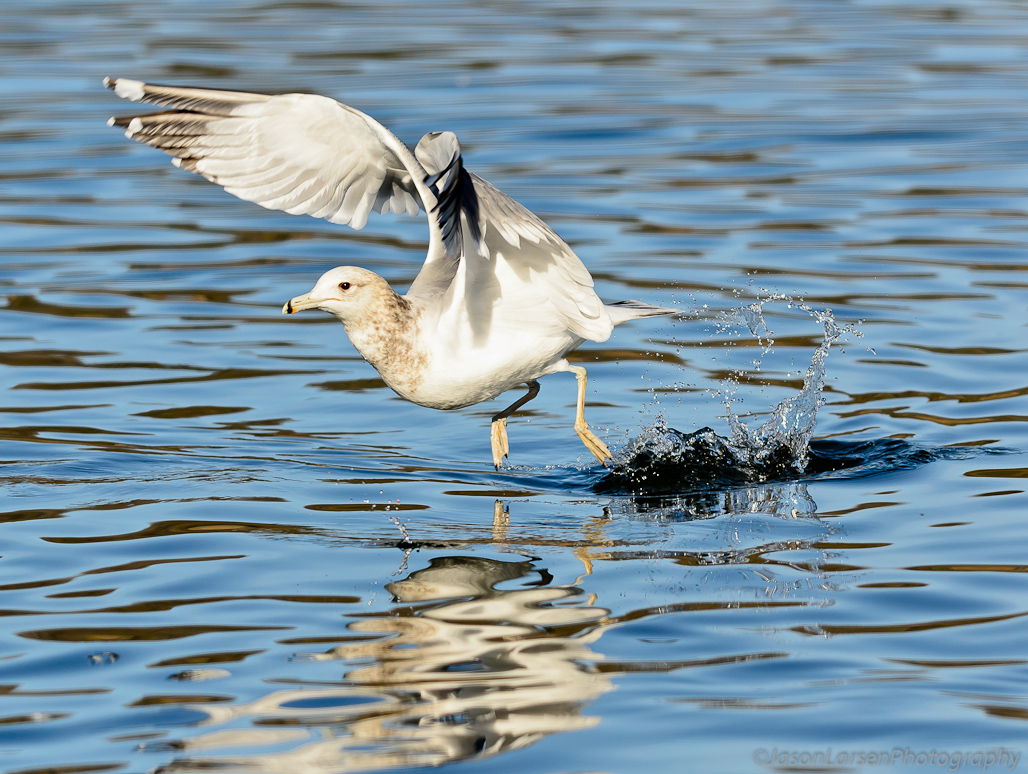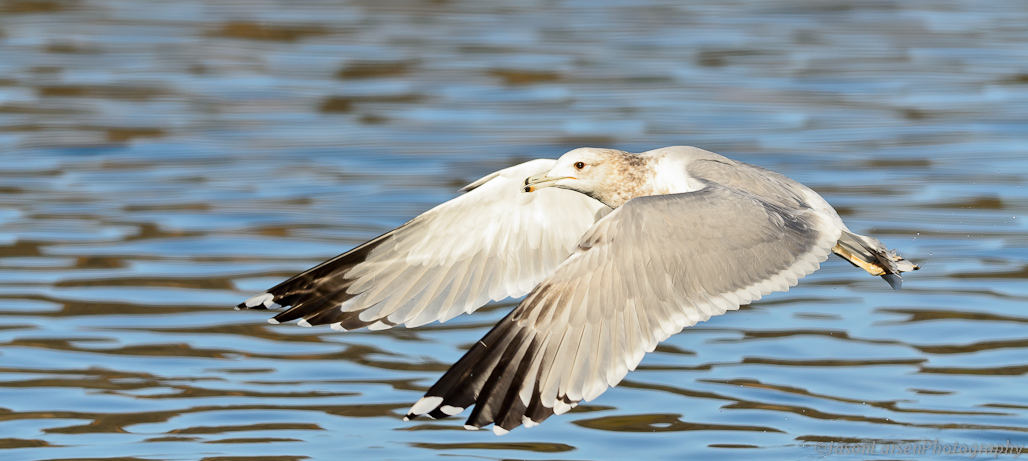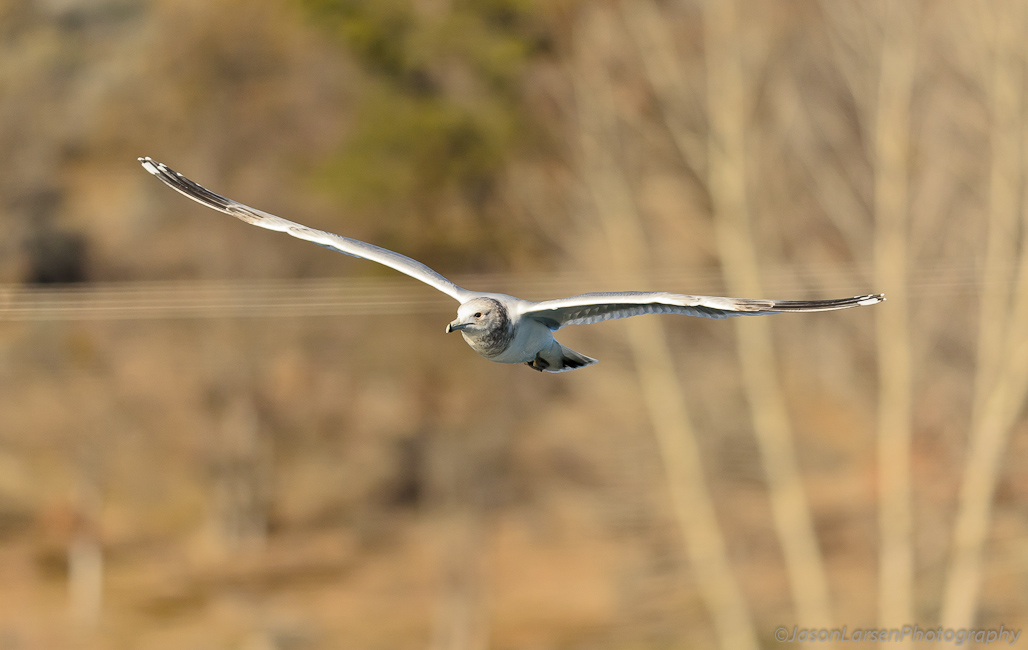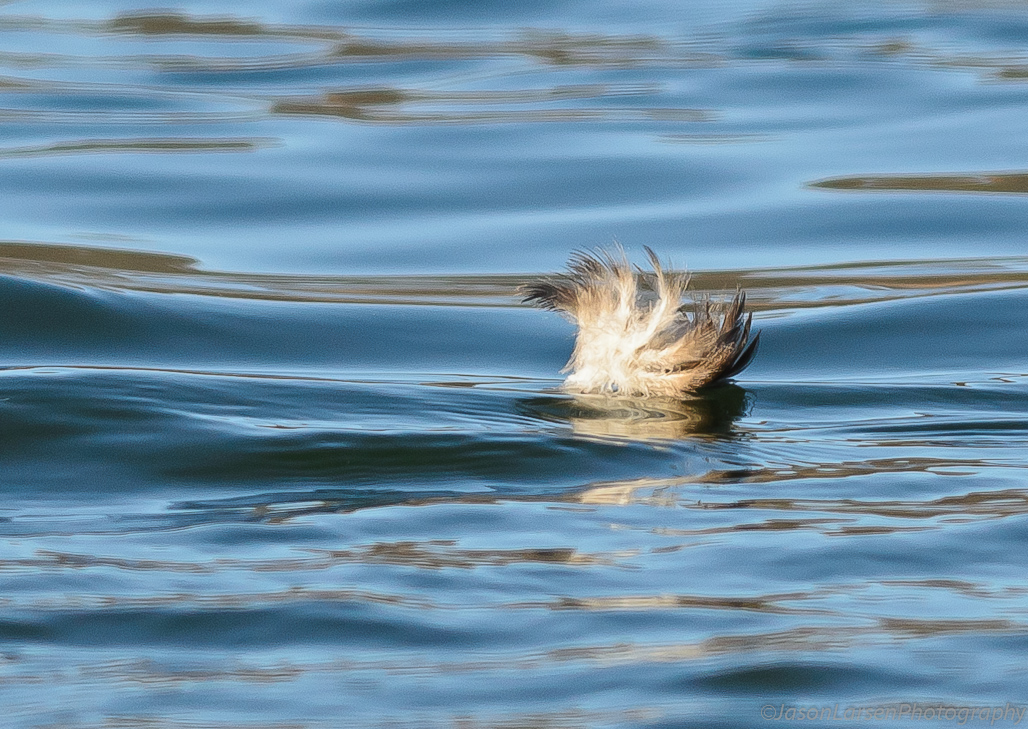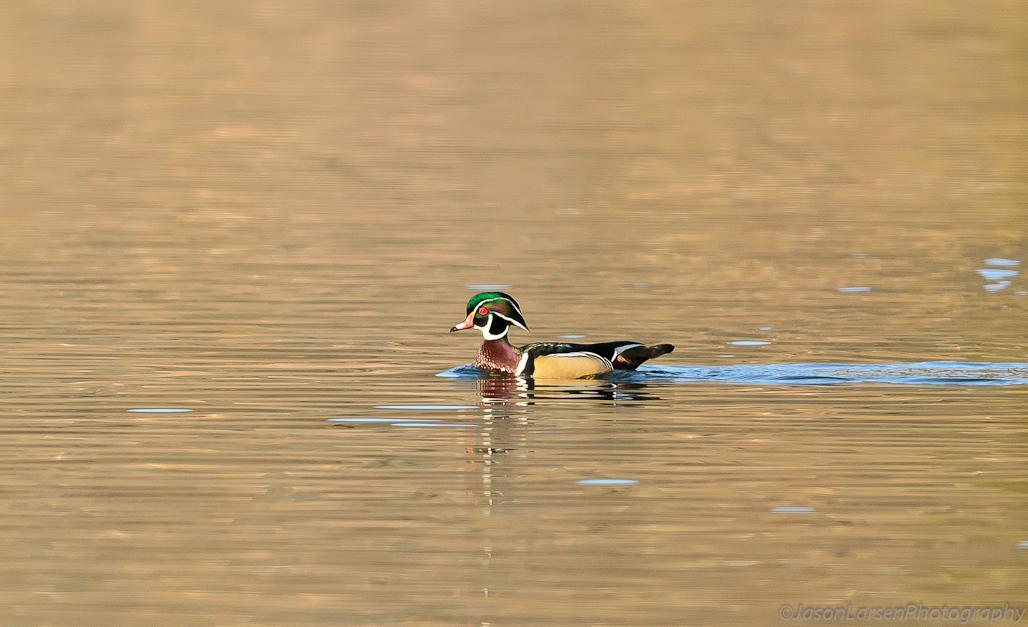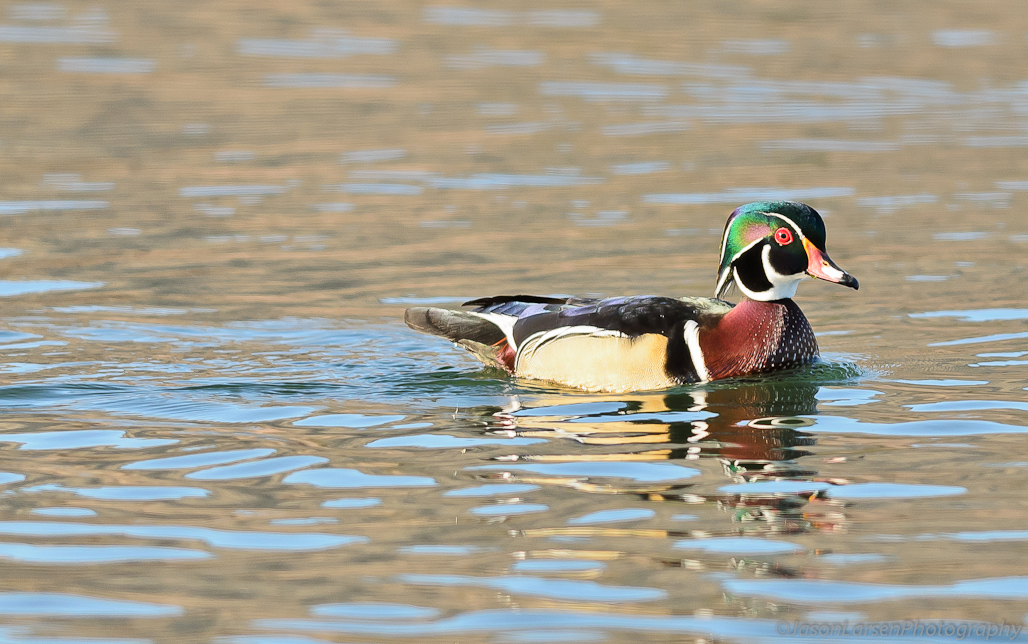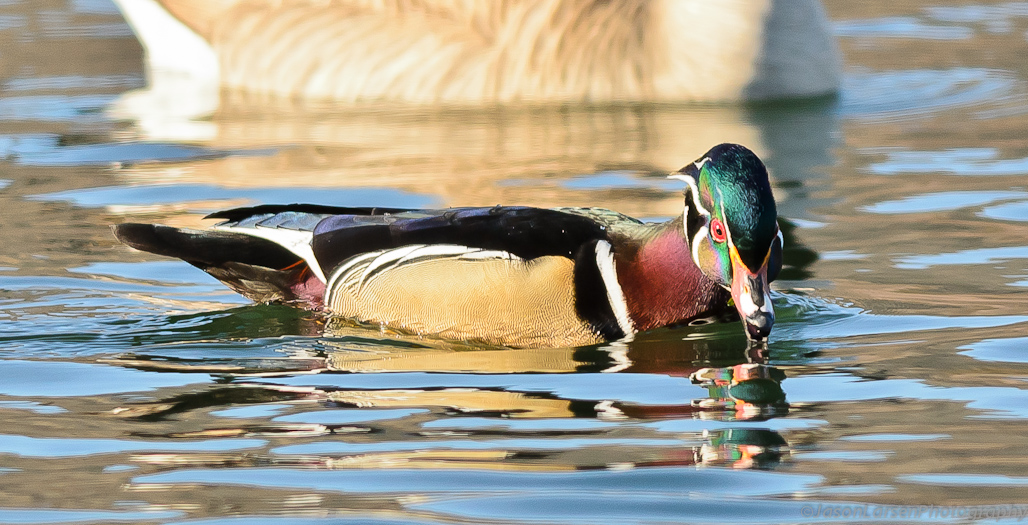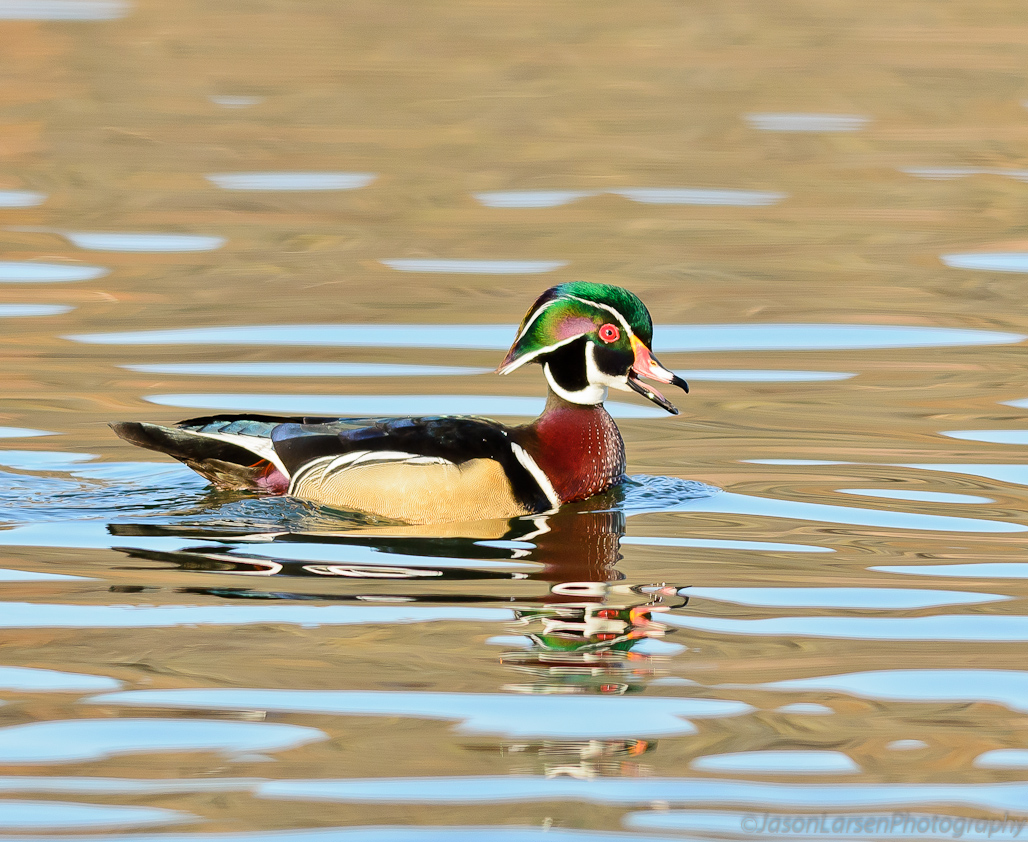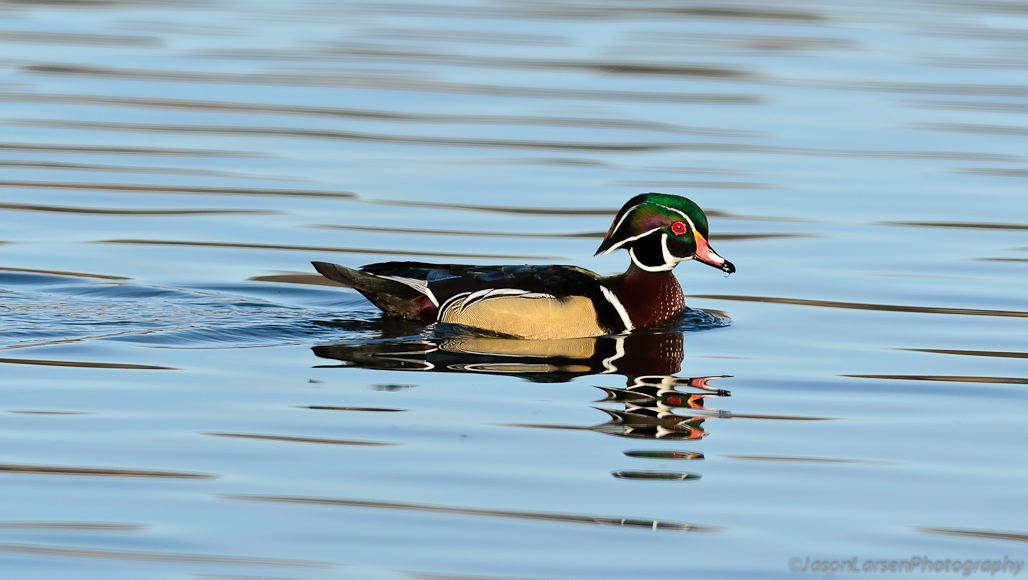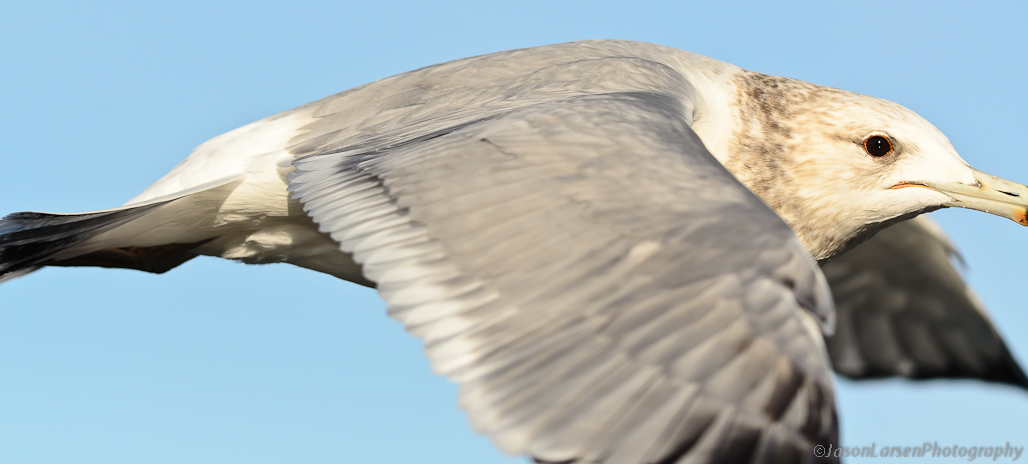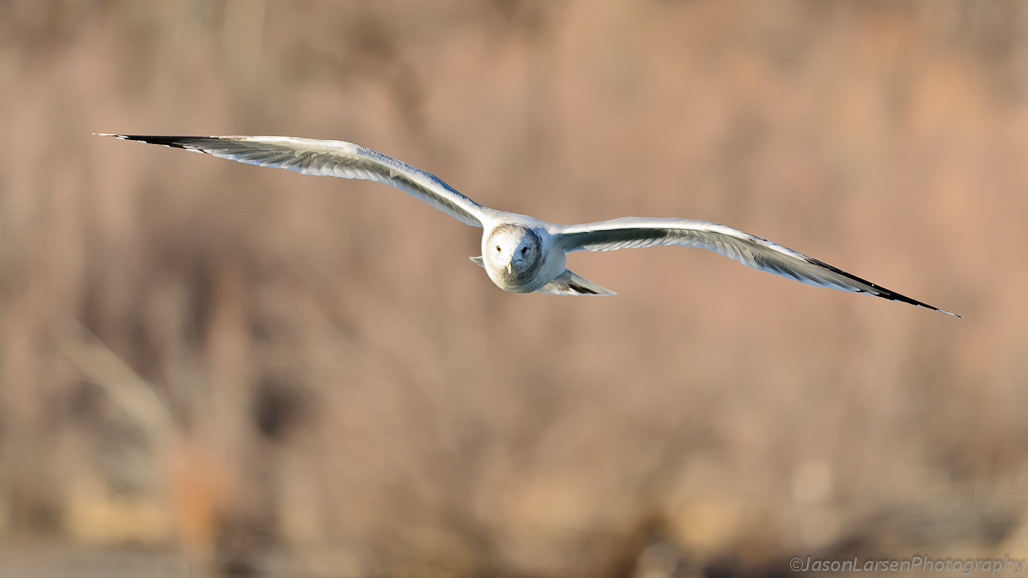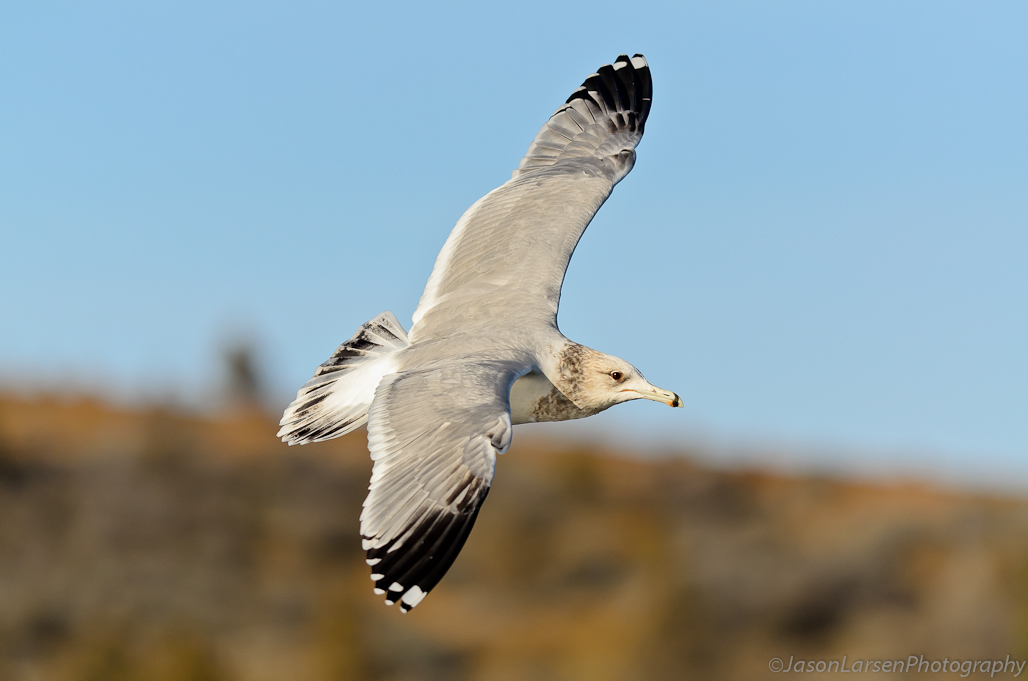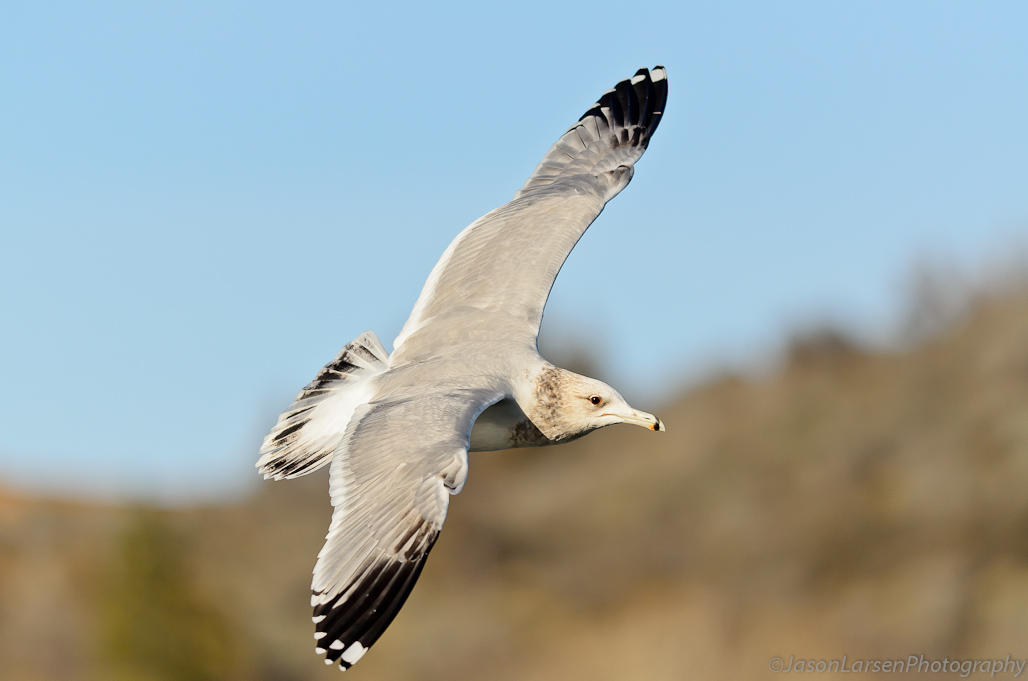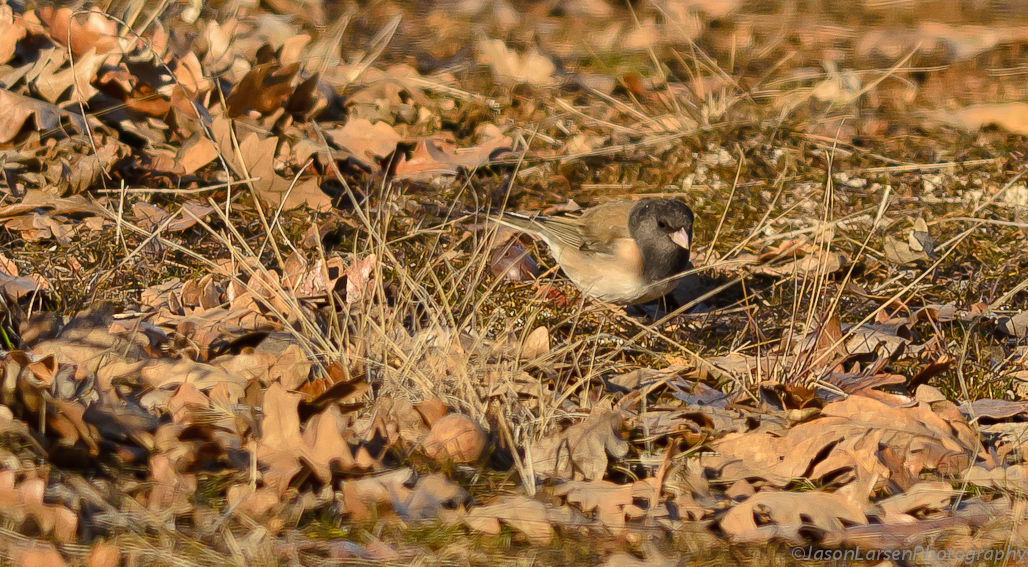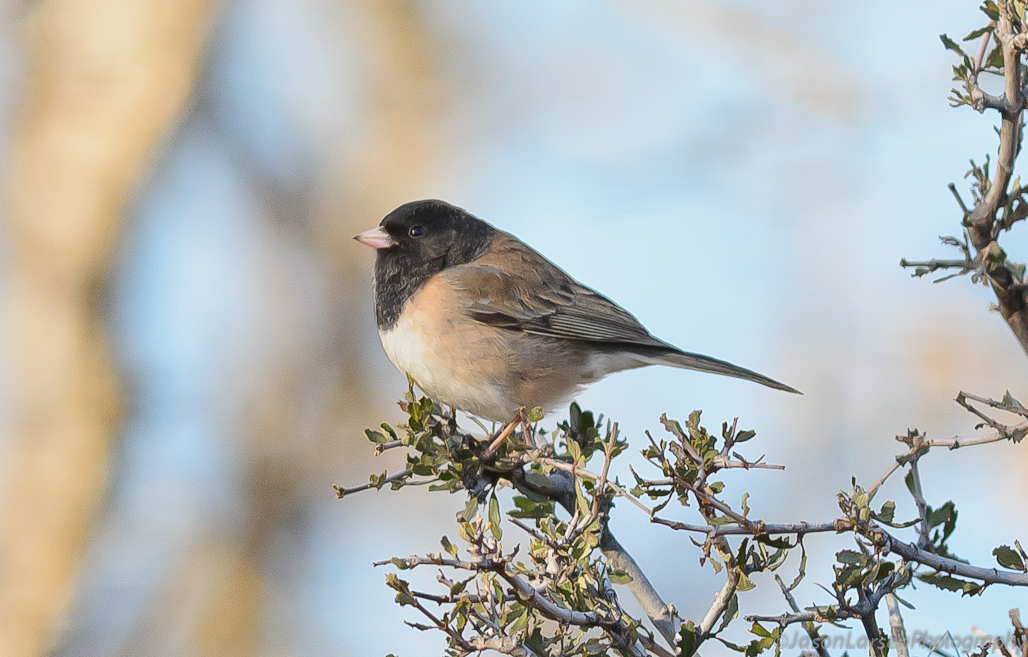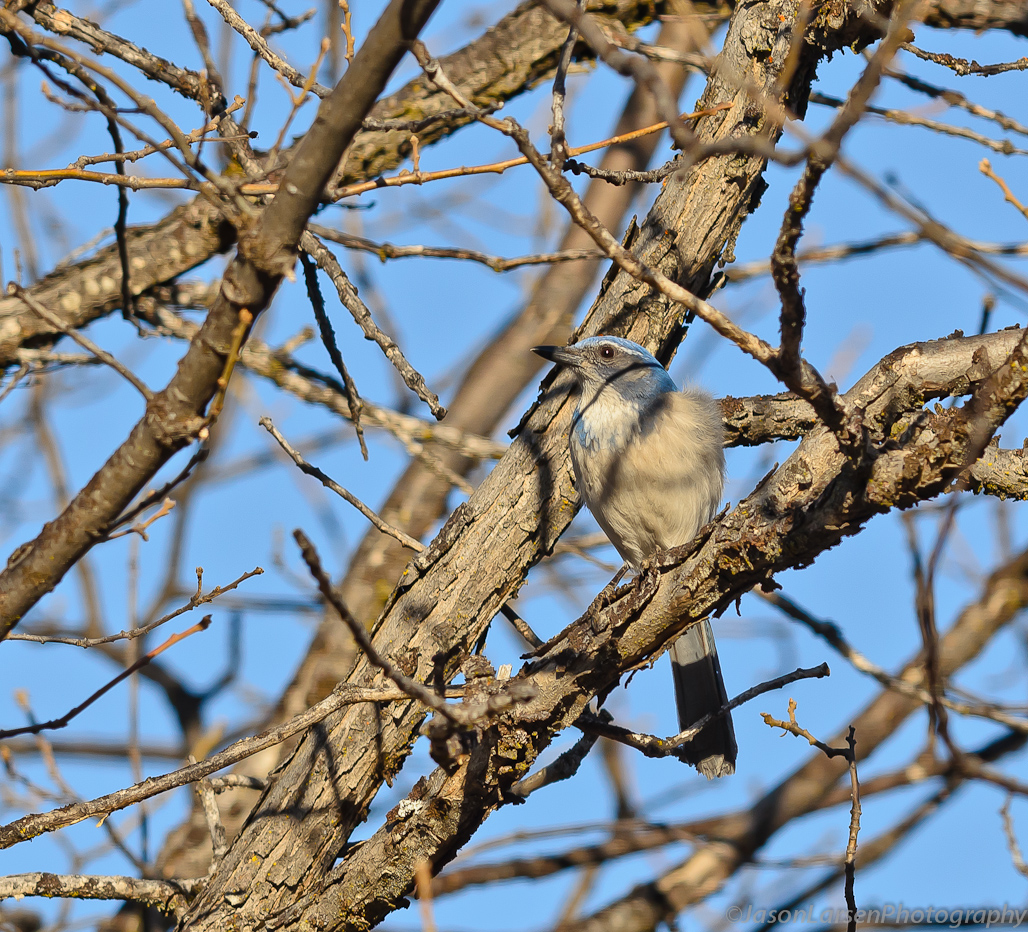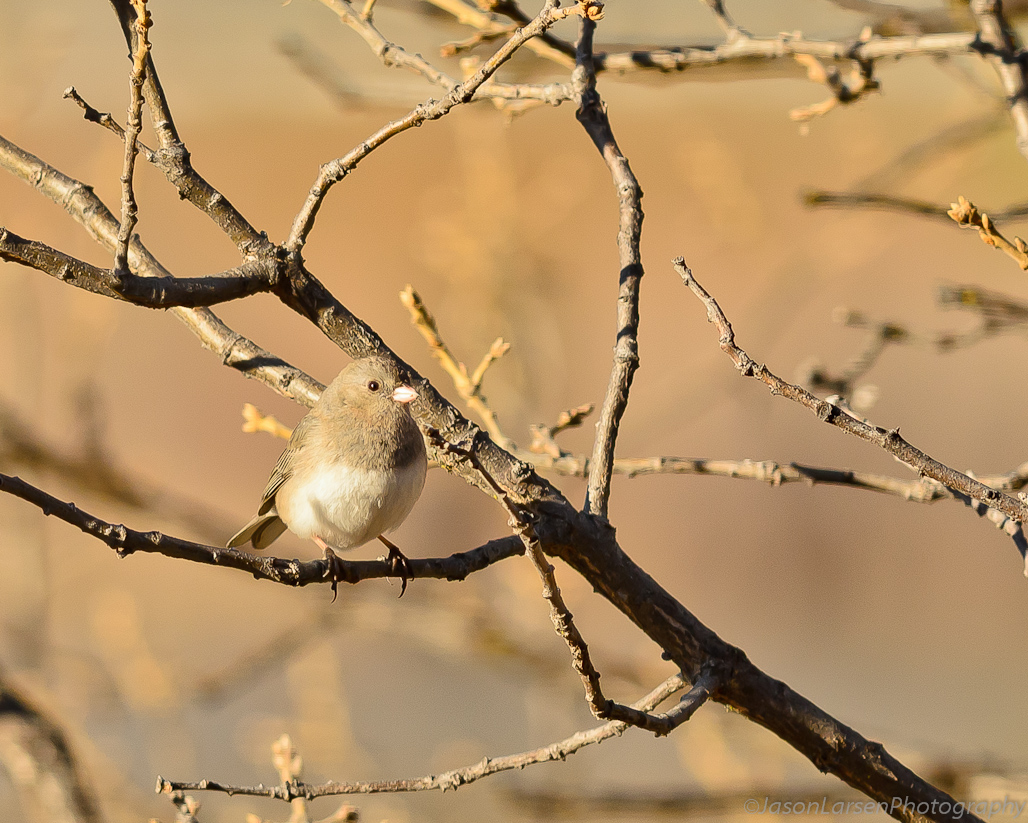 Ever since I took the excursion over to the Lower Klamath NWR to photograph the wildlife I have been wanting to purchase the Nikon 300mm f/4 to make wildlife photography more enjoyable.
Ever since I took the excursion over to the Lower Klamath NWR to photograph the wildlife I have been wanting to purchase the Nikon 300mm f/4 to make wildlife photography more enjoyable.  I read many reviews of this lens and all of them spoke very highly of its quality and sharpness. With my budget I knew a 300mm f/2.8 was out of the question, but from what I could read the 300mm f/4 would suit my needs perfectly.
I read many reviews of this lens and all of them spoke very highly of its quality and sharpness. With my budget I knew a 300mm f/2.8 was out of the question, but from what I could read the 300mm f/4 would suit my needs perfectly.

I call this a review of this lens, but really its just my first impressions on how it performed for me while taking bird photos.
There are many reviews out there that give you the technical data on the lens with MTF charts and sharpness pictures. I won’t be reproducing such information. One I lack the skills and equipment to do so, and second I don’t feel I have anything to add to the wealth of information already provided. What I will try to give you is my feelings on the lens performance from an amature photographer point of view, so that those that are looking to purchase this lens will get a taste of what to expect.
There have been some rumors about an update to this lens that includes vibration reduction, VR, and some newer optics.
Everything I read about this version of the lens was very positive. I knew I wouldn’t regret purchasing this lens to use for wildlife photography.
It was a very long week waiting for this lens to arrive from Adorama.
In the box was the lens, a nice case, the instruction manual and warranty card.
 There has been some talk on the reviews I have read about the lens collar for the tripod mount not being sturdy or tight enough. Many sites recommended upgrading to the Kirk collar for the lens. I’m not sure if Nikon has changed the collar they are putting on this lens, but the collar that came with my lens is a heavy-duty collar with a metal foot. It is very tight on the lens with zero movement when it is tightened down.
There has been some talk on the reviews I have read about the lens collar for the tripod mount not being sturdy or tight enough. Many sites recommended upgrading to the Kirk collar for the lens. I’m not sure if Nikon has changed the collar they are putting on this lens, but the collar that came with my lens is a heavy-duty collar with a metal foot. It is very tight on the lens with zero movement when it is tightened down.
The 300mm and the D7000 balance very nicely from this tripod foot. I’ll have to watch the collar function after a few trips with the lens. I will be taking many photographs with this lens this weekend on the coast.
The nice thing about the 300mm f/4 vs the 300mm f/2.8 is the lighter weight. I took photographs this afternoon for a few hours and didn’t have any trouble hand holding it that long.
I found it was very helpful to obtaining sharp pictures to keep the shutter speed above 1/320th of a second. With bird photography this usually isn’t a problem since having a shutter speed between 1/800-1/1250th is helpful to freeze fast-moving bird wings.
I was very impressed at how quickly this lens focuses. I set the D7000 to AF-C with the d21 mode. I have found with past experience with the D7000 this setting gives me the best focusing results when tracking moving subjects. It was light years ahead of my old Sigma 70-300mm lens I used out at the Klamath wildlife reserve. It was even a little faster and more accurate at obtaining focus than my 24-120mm f/4 which I consider a fast focusing lens.
I did have some trouble focusing on very small, fast-moving birds that were over, under and in the foliage. But over all it did a great job at keeping the bird in focus as it moved around the frame. I found if it was having trouble obtaining focus if I grabbed the focus ring and dialed in infinity it clicked into focus fairly easily. I think this is a huge advantage of the modern Nikon lenses, this option to have auto focus on with a manual override as necessary. On the side of the lens this is the switch that is labeled A/M and M. There is also a switch to limit the focus either to the full extent of the focus ring or from 3m to infinity. For my shoot today I left it on the full mode, I didn’t feel limiting the lens to 9 feet to infinity was very useful. I will have to try this setting though the next time I am out to see if it makes a difference.

This small bird, probably some type of finch, had excellent camouflage for this brown rocky dirt. I had trouble finding him as did the camera’s phase detect auto focus.
To help prevent ghosting and flare from the sun or other bright light just outside of the frame a lens hood is very helpful. I find with my 24-120mm I am constantly putting it on and taking it off. Or just leaving it in the bag because of the inconvenience. The 300mm f/4 has a build in hood that extends and screws into place so you never have to search for the hood, it is always on the lens. Here is the lens with the hood extended.

Overall I was very impressed and pleased with this lens today. I shot with it at f/4 and it was still very sharp. I am including in the shots from today so that you can get a sence of the lens performance. I will try to give you an update on the lens performance after this long weekend on the coast.
Please feel free to ask questions or comment below.
Thanks
